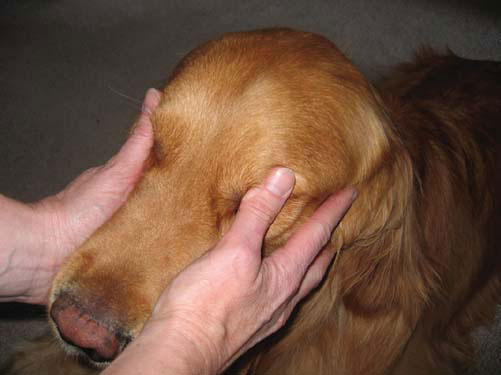Ocular Compression is a technique hoped to help dogs with epilepsy. We have covered fits and epilepsy in a previous blog (here’s the link to it:- Fits & Seizures)
Many people try very hard to minimise the amount of drugs or chemicals they use with their dogs, be that in the form of vaccinations or medication. If your dog has seizures fairly infrequently, you may prefer not to go down the medication route for him because, as is always the case with drug therapies, there may be side effects caused by the medication itself that are less than satisfactory.
Recently I came across something called Ocular Compression, a technique used to stimulate the vagus nerve. This stimuli is used in an effort to “shut down” the random signals being sent to the brain during a seizure and it is thought that it could reduce the severity of the episode or possibly even inhibit the fit from taking place at all.
Such an approach could be used by itself for less severe cases or possibly side-by-side with medication for more acute conditions. It is very much in its infancy and something really quite new so I will be looking into this technique further but it does look like something that could help our furry friends who suffer with such episodes.

